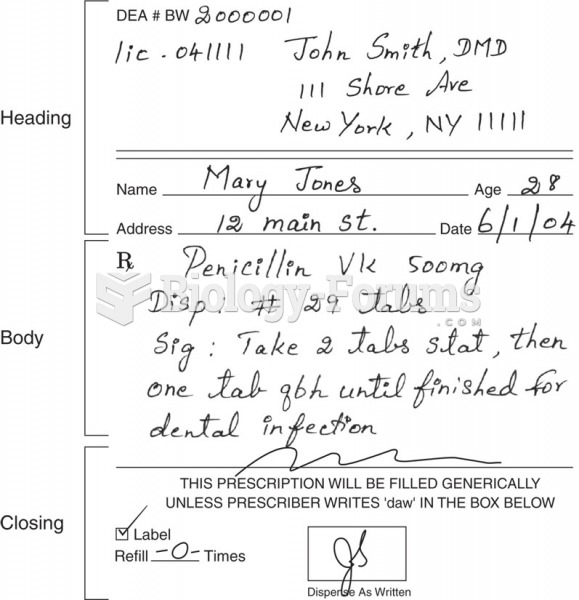Answer to Question 1
ANS: A
To qualitative researchers, text is considered a rich source of data. Participants may be asked to keep journals, write brief responses to questions, or simply write about a topic. Text from previously written sources and transcriptions from interviews may be used.
Answer to Question 2
ANS: A
Data analysis occurs in three stages: description, analysis, and interpretation. Although these stages always take place, they are often not fully described in reports of qualitative research, so readers do not necessarily have a clear picture of the process.
More often than not, data are all collected and then analyzed. Data analysis occurs in three stages: description, analysis, and interpretation. Although these stages always take place, they are often not fully described in reports of qualitative research, so readers do not necessarily have a clear picture of the process.
The researcher often glosses over portions of the analysis. Data analysis occurs in three stages: description, analysis, and interpretation. Although these stages always take place, they are often not fully described in reports of qualitative research, so readers do not necessarily have a clear picture of the process.
Actually the order of dealing with the data is much the same as with quantitative data. Data analysis occurs in three stages: description, analysis, and interpretation. Although these stages always take place, they are often not fully described in reports of qualitative research, so readers do not necessarily have a clear picture of the process.







